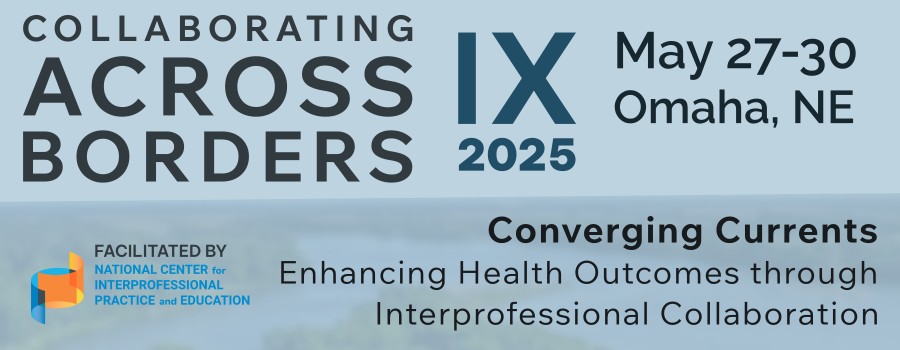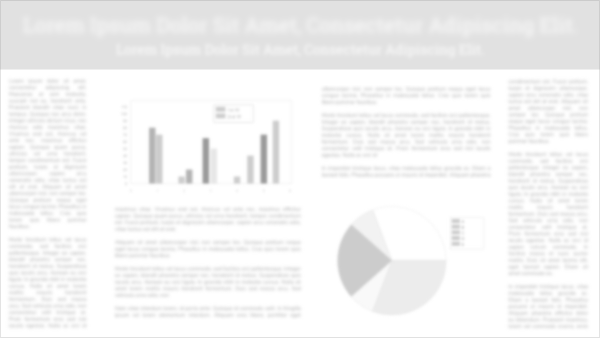Poster Presentation
Interprofessional Collaboration to Create and Maintain a Multi-institutional Knowledge-based Resource
-
CDT
Room: Grand Central Foyer
Track:
- Collaborative Leadership and Shared Responsibility in Interprofessional Teams
In 2018, Children’s Nebraska elected to reorganize and expand its current knowledge-based resources to better support expert multidisciplinary clinical care, education, research, and child advocacy—the four core missions of this pediatric healthcare facility.Goals, objectives, and purpose: Previous knowledge-based resources were acceptable for the hospital’s current size, interprofessional staffing complement, and medical care offerings. But, year-over-year increases in physical size and medical specialties dictated a need for the knowledge-based resources to grow and support both explicit and tacit knowledge across all professions within the organization.Methods/Methodology: Recognizing a need for growth in all resources coupled with a desire to not “go-it-alone,” Children’s elected to combine buying power, forge improved networked relationships and leverage the expertise of an existing knowledge-based resources powerhouse held by its academic partner.Results/Findings: Before this partnership, staff at Children’s Nebraska only had access to about 100 full-text subscribed journals. Now they have access to more than 9000 journals and 1400 ebooks and easier access to more than 17,000 open-access journals and ebooks. For journal articles not part of the suite of subscriptions, multi-disciplinary staff can use the interlibrary loan/document delivery service at the McGoogan Library of the University of Nebraska Medical Center. In addition to the expanded access to content, staff can get assistance with literature searches, information research consultations, and customized education sessions courtesy of a credentialed librarian.Conclusions, implications, and/or curiosities: The resulting expansion of resources contributed toward a 36% increased research output over three years, better prepared clinical staff, improved standardized evaluation scores (USN&WR), and robust support for those professions that were not supported in the past. The co-institutional staff responsible for managing this maturing knowledge-based resource continue to collaborate regularly, modify resources, and tailor services for all healthcare professions at this regional pediatric medical center and its satellite clinics. Both institutions benefited both tangibly and intangibly from this relatively unique relationship.
References
- 1. Bergh, D. D., D’Oria, L., Crook, T. R., & Roccapriore, A. (2025). Is knowledge really the most important strategic resource? A meta‐analytic review. Strategic Management Journal, 46(1), 3–18. https://doi.org/10.1002/smj.3645
- 2. Brown Epstein, H.-A. (2023). The Hospital Library and Hospital Librarian Contributes to Patient-Centered Care. Journal of Hospital Librarianship, 23(4), 270–278. https://doi.org/10.1080/15323269.2023.2258719
- 3. Farukuoye, M. (2023). The role of librarians in healthcare interprofessional collaboration: A literature review. Journal of Health Information and Librarianship, 6(1), 51–58. http://johil.org/index.php/johil/article/view/21
- 4. Grant, R., & Phene, A. (2022). The knowledge based view and global strategy: Past impact and future potential. Global Strategy Journal, 12(1), 3–30. https://doi.org/10.1002/gsj.1399
- 5. McLaney, E., Morassaei, S., Hughes, L., Davies, R., Campbell, M., & Di Prospero, L. (2022). A framework for interprofessional team collaboration in a hospital setting: Advancing team competencies and behaviours. Healthcare Management Forum, 35(2), 112–117. https://doi.org/10.1177/08404704211063584




